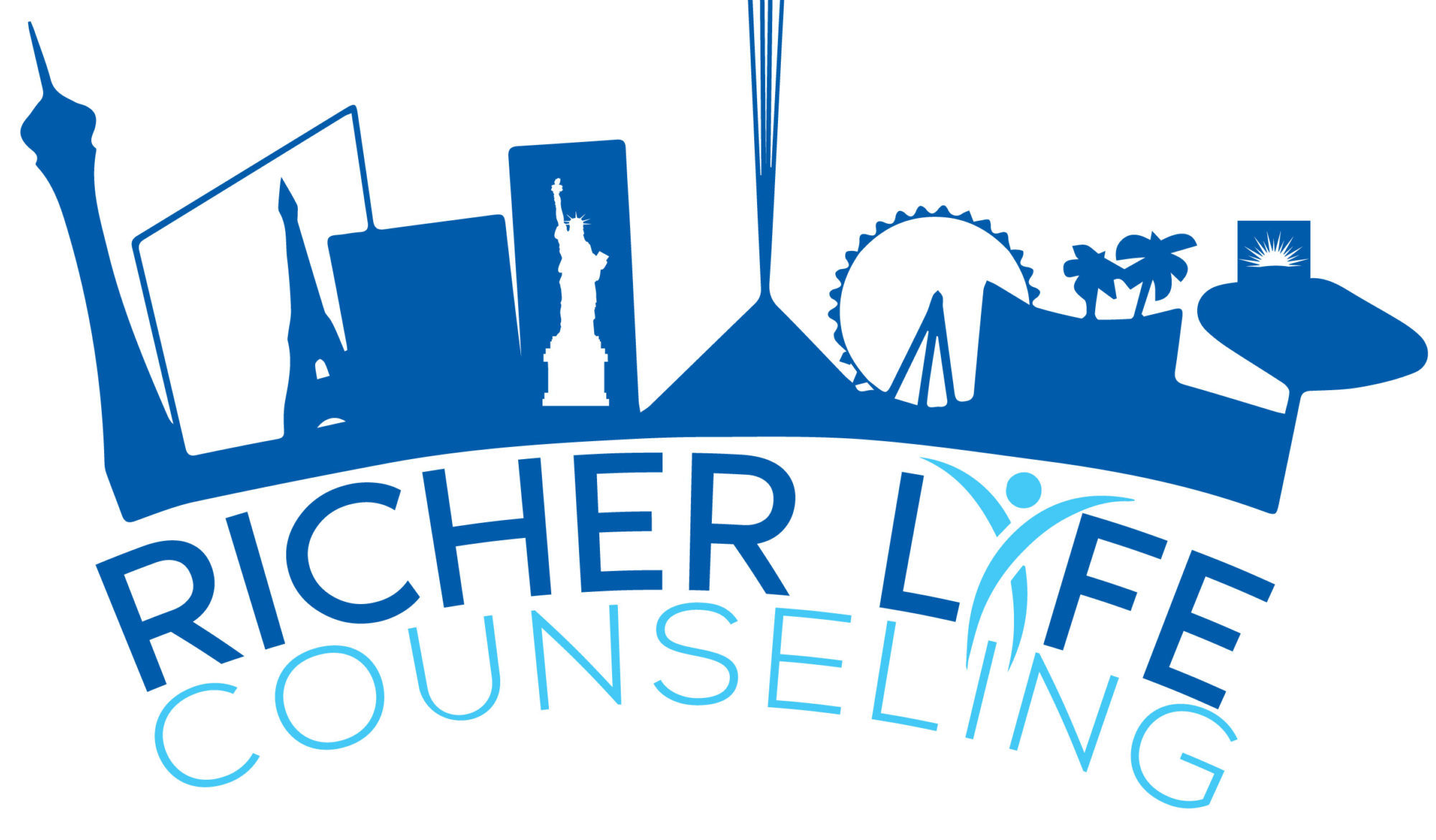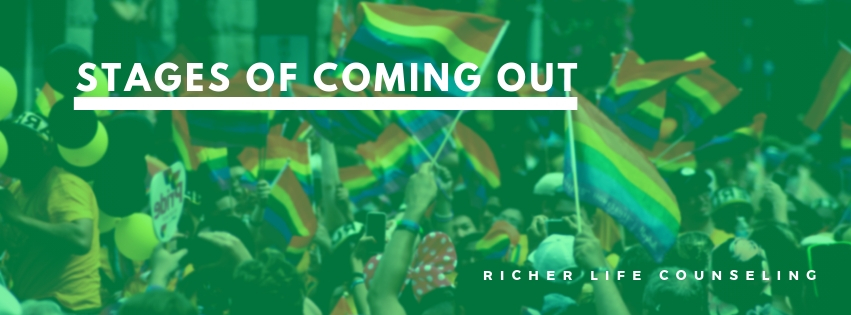The journey of coming out is something that everyone in the LGBT community has experiences with. While all coming out journeys might be different, there are stages of what coming out looks like. When you look at the stages of coming out, think of them more as guidelines than rules or clear cut stages. Some people move from stage 1 to stage 3 very quickly, while others might move from stage 1 to stage 2, then back to stage 1.
Why does stages of coming out matter?
Before we even review the stages of coming out, you might be wondering why does it even matter to know. When I work with queer clients, I find it helpful to have a framework to start to work from. This framework can help lower fear, anxieties and frustrations with understanding one’s queerness. The stages of coming out also matter because if you are dating someone who is in a different stage than you, it can be helpful to understand how being in various stages might impact your relationship. The last reason why understand the stages of coming out is essential is for friends and family who want to be supportive. Most non-queer people view coming out as one thing. You are in the closet or you are out of the closet. Nothing could be farther from the truth; coming out is a lifelong activity that all queer people must get used to.
Stages of Coming Out
Stage 1 – Identity Confusion
This is the first stage of figuring out your sexual identity. This is when you start to question yourself if you are LGBT. In this stage you will first notice your same-sex attraction, and begin to develop a desire to explore. Our western culture makes the assumption that all people are heterosexual by nature and will have no attraction to the same sex, so when you start to feel attracted to the same sex, it can be confusing. Just because you feel same-sex attraction doesn’t mean that you are queer. Same-sex attraction is one of the first aspects of a queer identity that you will notice, but it will grow in this stage. The draw will grow into wanting more connection and romantic relationship with the same sex, not just a physical attraction.
When in identity confusion, this is when culture, family and religious can profoundly influence someone’s acceptance. You might notice an attraction and try to pray it away or turn off your sexuality. As the stage name suggests, this is a very confusing space to be, and that it can take years to work through. Luckily our culture is changing, and many young LGBT people are accepting their identity earlier and earlier.

Stage 2 – Identity Comparison
Once out of stage 1, you are accepting your queerness. This means that you are exploring your same-sex attraction. You might be looking at same-sex pornography, reading about being gay online (maybe even reading this blog post or other LGBT blogs & articles), exploring and learning as much as you can about the LGBT community. This stage is when you come out to yourself and have not told anyone else. This is when you are just exploring what your sexual identity means for yourself.
Stage 3 – Identity Tolerance
After accepting your gay identity, and exploring it, you start to move into connecting to others in the LGBT community. This is when you come out to members of the community, but you haven’t shared your sexual identity with any close friends, family, or the general public. For most this is exploring your sexuality online in chatroom, apps, and talking to other queer people online.
You might meet up with other queer people and begin forming friendships or relationships. The key in this part of this stage is beginning to connect with others in the community, but not sharing that information with friends or family. Usually, there could be a lot of extreme emotions such as excitement in hanging out with other queer people, and fear in being seen or found out.
Stage 4 – Identity Acceptance
This is when you start the coming out process. When you come out to trusted friends and family whom you feel you will be accepting of you. While you are accepting your queerness and sharing it with others, it is not something that you wish to share with just anyone. You might have fear around coworkers, classmates, family members or other people you know finding out. This is an awkward stage because you are sharing who you are with people but also have a lot of fear of people who might reject you after finding out.
Stage 5 – Identity Pride

You come out of the closet waving the rainbow flag ready to tell everyone about your queerness. This is the stage that you come out to anyone even if they might be hostile toward you. For many, when they get into the pride stage, their queerness takes seems to take over every other part of their identity. Being queer is the most prominent and loudest part of themselves. You might forget that you also have other parts of your personality and being gay is the only part that you think, talk about and want to show.
You can spend a long time in identity pride. It makes sense to me that having queerness be such a big part of who you are be at the forefront of your life because you spent so many years not letting that part of yourself out. There is nothing wrong if you stay in this stage and never move onto the next stage. Accepting and being proud of your queerness is an essential step in self-compassion.
Stage 6 – Identity Synthesis
This is when you have integrated your sexuality identity with other aspects of yourself. You still have the same gay pride as you did in stage 5, but you are comfortable in expressing the other parts of yourself also. This might mean finding peace in the religious part of yourself and allowing yourself to have faith and also be proud of being gay. This stage is about finding balance. In his book, the Velvet Rage author Alan Downs, the author talks about working through the shame and living a life that you are accepting yourself and that you no longer need to do or be anything else (you don’t have to prove your queerness by being gay enough, young enough, thin enough, rich enough). Identity synthesis is when you can live your best life be 100% authentically you.
No matter what stage you find yourself in, learning to have self-compassion is a crucial part of developing into the fantastic queer person you are. If you or someone who know is struggling with their queerness, find a therapist who doesn’t just check off a box saying they work with LGBT people but someone (like me) who writes blog posts and specializes working with the LGBT community. If you are in Las Vegas and are looking for an LGBT friendly therapist contact me below.
- Table Topics - June 25, 2020
- How to Apologize - June 11, 2020
- What is stonewalling? |TheRicher Marriage Show - June 5, 2020


